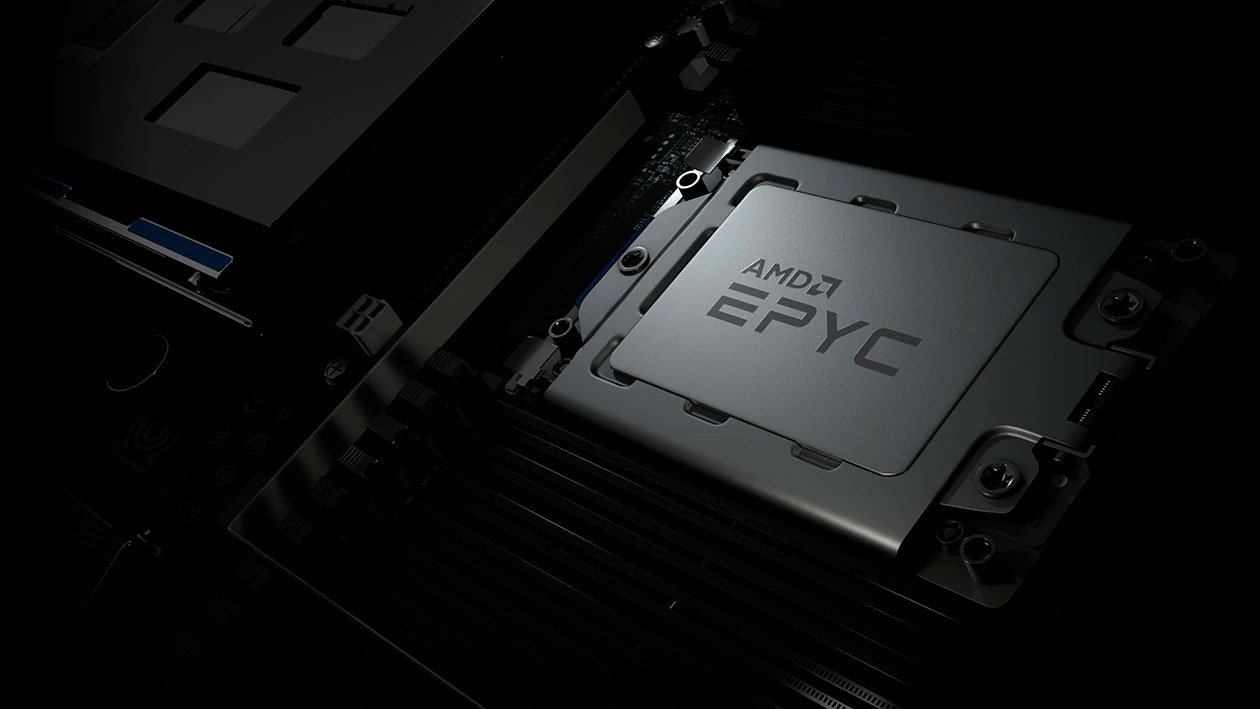Dual AMD Epyc Rome 7H12 Server CPUs Benchmarked in Cray Supercomputer

A Geekbench 4 submission today shows off the power of two AMD EPYC Rome 7H12 64-core, 128-thread server-grade processors in one Cray Shasta supercomputer. AMD added the 7H12 to its second-gen EPYC line in September.
AMD currently has three 64-core, 128-thread EPYC chips in its arsenal; although, more might be on the way. With a 2.6 GHz base clock and 3.3 GHz boost clock, the EPYC 7H12 is the fastest performer out of the three existing models. The chip is rated rated for 280W, which is 55W higher than the EPYC 7742, so the 7H12 should have a higher all-core turbo clock.

The Shasta was rocking two EPYC 7H12 processors, meaning it had 128 cores and 256 threads at its disposal. The system put up a single-core score of 4,512 points and a multi-core score of 181,580 points.
Surprisingly, Shasta's configuration wasn't enough to put the supercomputer in first place on the Geekbench 4 rankings. The current Geekbench 4 multi-core record belongs to a Gigabyte R282-Z92 system, which sports a pair of EPYC 7742 chips. Shasta lags behind the R282-Z92 by roughly 3.4% and 7.6% in the single-and multi-core scores, respectively.
On paper, the EPYC 7H12 should outperform the EPYC 7742. Due to the lack of detailed information, we can only assume that the discrepancy is attributed to the fact that both systems were running different memory, operating systems and versions of the Geekbench 4 software.
Get Tom's Hardware's best news and in-depth reviews, straight to your inbox.

Zhiye Liu is a news editor, memory reviewer, and SSD tester at Tom’s Hardware. Although he loves everything that’s hardware, he has a soft spot for CPUs, GPUs, and RAM.
-
joeblowsmynose "we can only assume that the discrepancy is attributed to the fact that both systems were running different memory, operating systems and versions of the Geekbench 4 software "Reply
Well that couldn't possibly explain it ... it must be something else ... -
w_barath The Cray system will have some extra cache coherency overhead which enables its ability to cluster, and that will lower its per-core performance a little in exchange for massive horizontal scaling.Reply